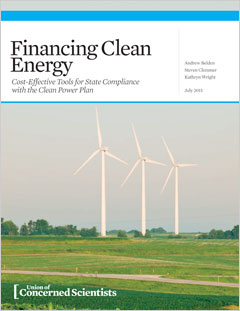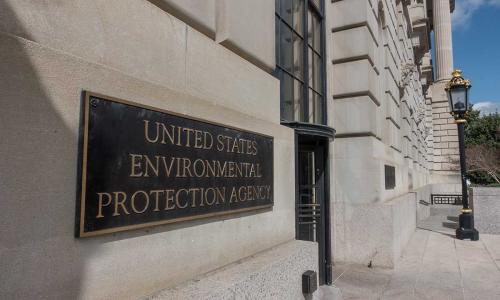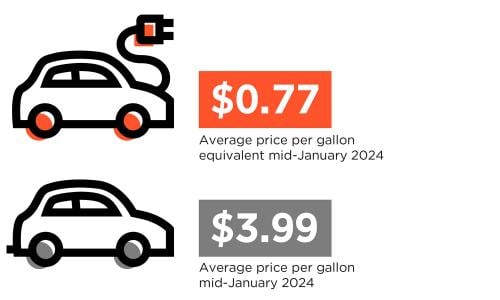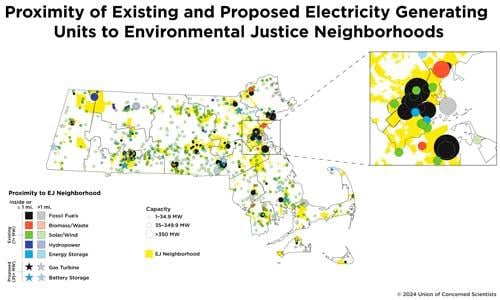States can help increase private sector investments in renewable energy and energy efficiency by providing low-interest loans and other innovative financing products to assist customers with developing clean energy and reducing their energy bills.
To demonstrate this approach in action, this report highlights the efforts of six state governments (Connecticut, New York, Pennsylvania, Kentucky, Iowa, and Massachusetts) and one national government (Germany) to mobilize public and private capital to strengthen clean energy investment.
State fact sheets
Maine (2016) | New Hampshire (2016) | Vermont (2016) | Michigan (2015) | Pennsylvania (2015) | Virginia (2015) | Methodology






